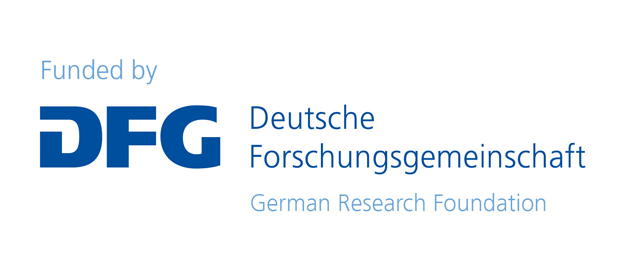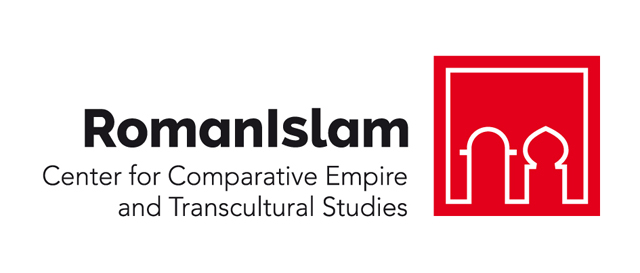Society and the Afterlife of a Believer
"Close Encounters in the Afterlife" by Danuta Shanzer
This literary and philological talk will begin with general points about functions of and access to the afterlife. After seeing how a known literary intertextuality between two famous classical underworlds in Odyssey 11 and Aeneid 6 works, we’ll turn to the development of Purgatory, the intermediate place. We’ll discuss two stops on that line, one well-known, the Passio Perpetuae (3rd C.), a martyr’s personal vision, and the second less familiar, political Visio Pauperculae (9th C.). In both cases, I’ll argue for emendations in the texts as well as for interpretation using fuzzy matching from the circumambient cultural koine.
 Prof. Danuta Shanzer studied Classics at Bryn Mawr College and at Oxford. She taught in the UK and at numerous American universities before moving to Austria to teach Late and Medieval Latin Philology at the Universität Wien. She is a classicist and medievalist who works on Late Antiquity and the Early Middle Ages. Specialities include literary history, textual criticism, reception, epistolography, judicial ordeals, and the imaginaire of the afterworld. She is currently cultivating her lettuces in Vienna.
Prof. Danuta Shanzer studied Classics at Bryn Mawr College and at Oxford. She taught in the UK and at numerous American universities before moving to Austria to teach Late and Medieval Latin Philology at the Universität Wien. She is a classicist and medievalist who works on Late Antiquity and the Early Middle Ages. Specialities include literary history, textual criticism, reception, epistolography, judicial ordeals, and the imaginaire of the afterworld. She is currently cultivating her lettuces in Vienna.
"The study of Islamic cemeteries in al-Andalus from an archaeological perspective" by Carmen González Gutiérrez (in collaboration with Fernando Valdés Fernández)
In this lecture, we will present the cemeteries and funerary landscape of Andalusi cities from an archaeological perspective. In doing so, we will pay particular attention to the cases of Córdoba and Castillo de Cuncos (Spain/Portugal) due to the very recent findings recorded in these cities, which allow us to have an extensive and updated perspective. We will mainly focus on the period going from the arrival of the Islam to the fall of the Umayyad caliphate at the beginning of the 11th c. Material evidence will be compared and contrasted also with Medieval written sources, aiming to obtain the more multidisciplinary and complete picture of the topic possible and to generate further discussion in the following debate.
 Dr. Carmen González Gutiérrez is an archaeologist at the University of Córdoba, where she is exploring the religious spaces of the city in Islamic times. Her dissertation, entitled “The mosques of Islamic Córdoba: concept, typology and urban function”, was defended in 2016. Since then, she has continued to expand this research topic, addressing mosques in al-Andalus, the relationship and bridges between Eastern and western religious architecture in Umayyad times, the role of water in the configuration of these spaces of prayer, and etcetera. All this is resulting in a number of publications related to these topics, and is being achieved thanks to multiple research stays (at the University Lumière Lyon II, the Technical University of Berlin, or the German Archaeological Institute) and research fellowships, mainly a short postdoc research grant awarded by the DAAD for a stay at the University of Bamberg, Germany; and a 2-year Marie Curie-COFUND fellowship at the Max Weber Kolleg of the University of Erfurt, Germany.
Dr. Carmen González Gutiérrez is an archaeologist at the University of Córdoba, where she is exploring the religious spaces of the city in Islamic times. Her dissertation, entitled “The mosques of Islamic Córdoba: concept, typology and urban function”, was defended in 2016. Since then, she has continued to expand this research topic, addressing mosques in al-Andalus, the relationship and bridges between Eastern and western religious architecture in Umayyad times, the role of water in the configuration of these spaces of prayer, and etcetera. All this is resulting in a number of publications related to these topics, and is being achieved thanks to multiple research stays (at the University Lumière Lyon II, the Technical University of Berlin, or the German Archaeological Institute) and research fellowships, mainly a short postdoc research grant awarded by the DAAD for a stay at the University of Bamberg, Germany; and a 2-year Marie Curie-COFUND fellowship at the Max Weber Kolleg of the University of Erfurt, Germany.
 Prof. Fernando Valdés Fernández is Full Professor of Islamic Archaeology at the Autonomous University of Madrid. He has also taught with the liberal arts faculty of Bamberg University (Germany), the Department of Architecture at the Technical University of Berlin (Germany) and the Department of Art and Islamic Archaeology at the Sorbonne IV (Paris, France). He has spent more than 40 years working in the city of Badajoz, where he has overseen excavations of the Alcazaba and the old Plaza de Toros. He has also carried out field work in Mérida, Trujillo, Cáceres, Villanueva del Fresno, and Higuera la Real, as well as field work in Raqqa (Syria). In Toledo, he excavated the convent of St. Peter the Martyr, the Corral of Don Diego and, together with J. Aguado, the “testar” of the San Martin bridge. For a time, he was director of excavations at the Cathedral of Toledo and oversaw research into the gates of the city’s medieval walls. He is the author of more than one hundred scientific works, including books and articles about Andalusi archaeology in particular and Islamic archaeology in general.
Prof. Fernando Valdés Fernández is Full Professor of Islamic Archaeology at the Autonomous University of Madrid. He has also taught with the liberal arts faculty of Bamberg University (Germany), the Department of Architecture at the Technical University of Berlin (Germany) and the Department of Art and Islamic Archaeology at the Sorbonne IV (Paris, France). He has spent more than 40 years working in the city of Badajoz, where he has overseen excavations of the Alcazaba and the old Plaza de Toros. He has also carried out field work in Mérida, Trujillo, Cáceres, Villanueva del Fresno, and Higuera la Real, as well as field work in Raqqa (Syria). In Toledo, he excavated the convent of St. Peter the Martyr, the Corral of Don Diego and, together with J. Aguado, the “testar” of the San Martin bridge. For a time, he was director of excavations at the Cathedral of Toledo and oversaw research into the gates of the city’s medieval walls. He is the author of more than one hundred scientific works, including books and articles about Andalusi archaeology in particular and Islamic archaeology in general.


